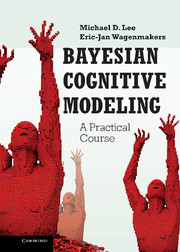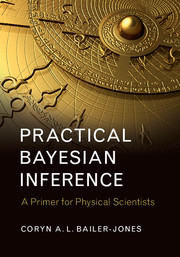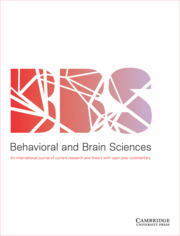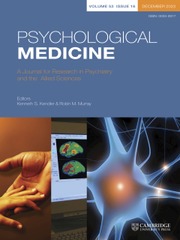Bayesian Cognitive Modeling
Bayesian inference has become a standard method of analysis in many fields of science. Students and researchers in experimental psychology and cognitive science, however, have failed to take full advantage of the new and exciting possibilities that the Bayesian approach affords. Ideal for teaching and self study, this book demonstrates how to do Bayesian modeling. Short, to-the-point chapters offer examples, exercises, and computer code (using WinBUGS or JAGS, and supported by Matlab and R), with additional support available online. No advance knowledge of statistics is required and, from the very start, readers are encouraged to apply and adjust Bayesian analyses by themselves. The book contains a series of chapters on parameter estimation and model selection, followed by detailed case studies from cognitive science. After working through this book, readers should be able to build their own Bayesian models, apply the models to their own data, and draw their own conclusions.
- Offers a practical, hands-on approach to teach readers how to carry out Bayesian analyses and interpret the results
- No advance knowledge of statistics or mathematics is required
- Interesting and relevant examples illustrate how Bayesian modeling can be useful for problems that people in cognitive science care about
Reviews & endorsements
'This book provides the best practical guide to date on how to do Bayesian modeling in cognitive science.' Jay Myung, Ohio State University
'This is a very powerful exposition of how Bayesian methods, and WinBUGS in particular, can be used to deal with cognitive models that are apparently intractable. When we produced WinBUGS, we had no idea it could be used like this - it's amazing and gratifying to see these applications.' David Spiegelhalter, Winton Professor for the Public Understanding of Risk, Statistical Laboratory, Centre for Mathematical Sciences, Cambridge
Product details
April 2014Hardback
9781107018457
280 pages
254 × 178 × 17 mm
0.7kg
Available
Table of Contents
- Part I. Getting Started:
- 1. The basics of Bayesian analysis
- 2. Getting started with WinBUGS
- Part II. Parameter Estimation:
- 3. Inferences with binomials
- 4. Inferences with Gaussians
- 5. Some examples of data analysis
- 6. Latent mixture models
- Part III. Model Selection:
- 7. Bayesian model comparison
- 8. Comparing Gaussian means
- 9. Comparing binomial rates
- Part IV. Case Studies:
- 10. Memory retention
- 11. Signal detection theory
- 12. Psychophysical functions
- 13. Extrasensory perception
- 14. Multinomial processing trees
- 15. The SIMPLE model of memory
- 16. The BART model of risk taking
- 17. The GCM model of categorization
- 18. Heuristic decision-making
- 19. Number concept development.









